
The animal kingdom is full of incredible biodiversity, and along with fascinating creatures come equally fascinating and sometimes downright bizarre names. These names, commonly based on physical traits, behavior, or habitat, can be both descriptive and delightfully odd. Here are 14 creatures that have some of the weirdest names in the animal kingdom.
1. Bone-Eating Snot Flower Worm
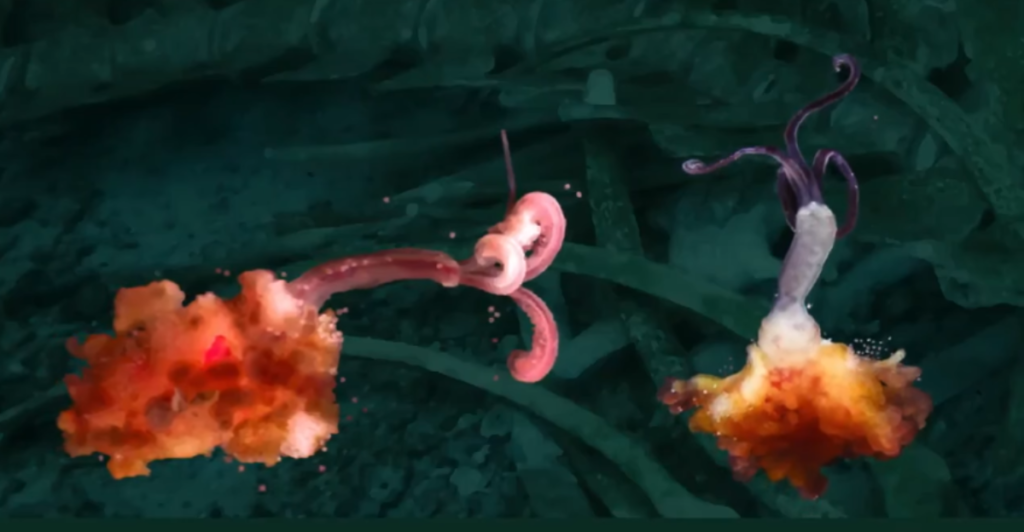
The Bone-Eating Snot Flower Worm (Osedax mucofloris) lives at the bottom of the deepest of oceans, eating the lipids from the insides of whale bones that sink to the ocean floor. This blind, mouthless tubeworm secretes bone-dissolving acid so it can burrow into skeletons and eat them. To make it even stranger, females carry around hundreds of dwarf males within them, forming a harem.
2. Pleasing Fungus Beetle

The Pleasing Fungus Beetle (Erotylidae) is a colorful insect, typically adorned with red and black stripes. These beetles get their name from their diet, which consists of various fungi, ranging from oyster mushrooms to the mycelium between tree roots. They play a critical role in ecosystems, acting as both beneficial and destructive members. These beetles are found worldwide, primarily in tropical regions.
3. Satanic Leaf-Tailed Gecko
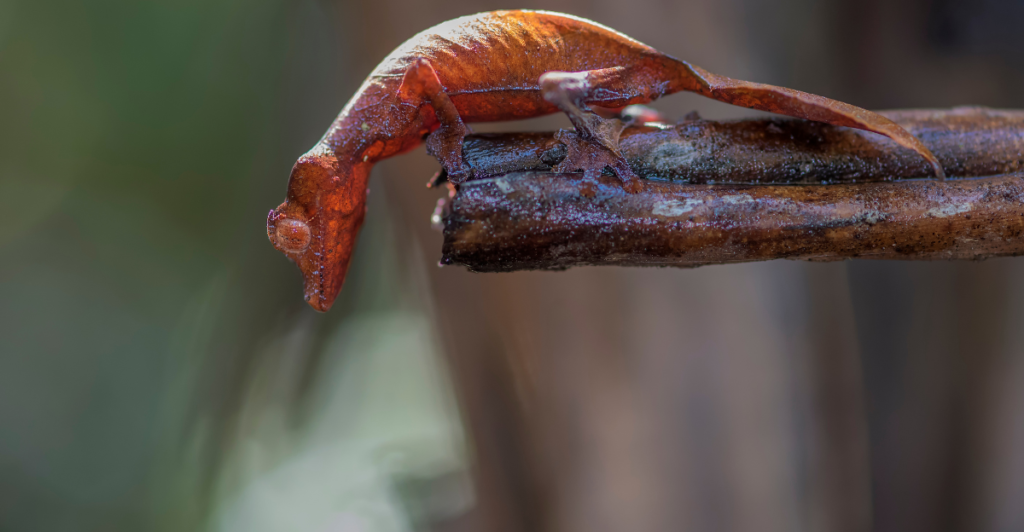
The Satanic Leaf-Tailed Gecko (Uroplatus phantasticus) is a master of disguise, camouflaging perfectly on leaves and foliage. These geckos come in purple, orange, tan, yellow, or brown and are some of the smallest gecko species, measuring only 2.5 to 3.5 inches long. Their bulging red eyes also seem to add to their sinister name. They are nocturnal hunters, preying on spiders, crickets and smaller creatures.
4. Hellbender Salamander
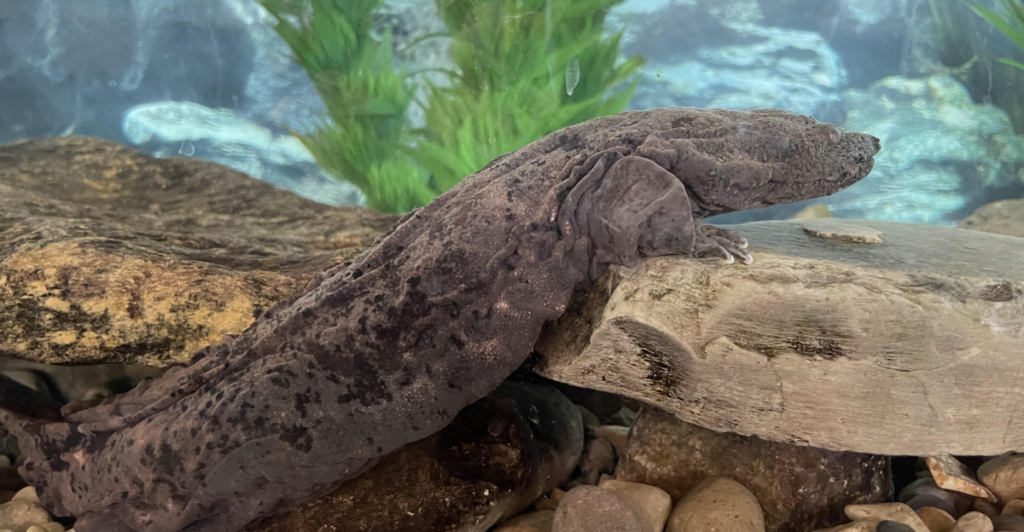
The Hellbender Salamander (Cryptobranchus alleganiensis) is the largest species of salamander in the United States. These nocturnal and territorial animals spend little time on solid ground, using folds in their skin to absorb oxygen. They have various other names, including mud cats, snot otters, and devil dogs, and they occasionally eat smaller members of their own species, making them cannibals as well.
5. Tasselled Wobbegong
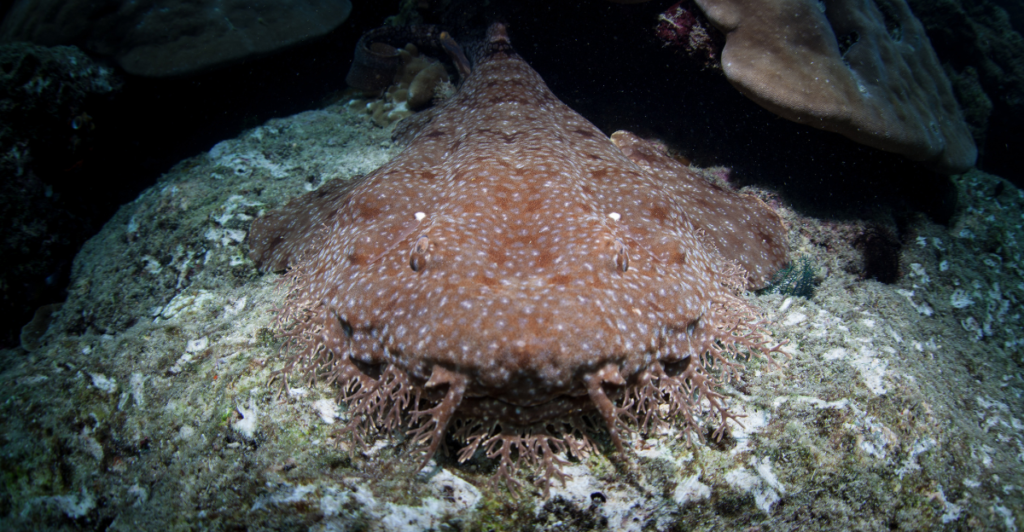
The Tasselled Wobbegong (Eucrossorhinus dasypogon) is a type of carpet shark that spends its life on the ocean floor, perfectly camouflaged from prey animals. Growing to lengths of up to four feet, these sharks feast on octopi, lobster and other marine creatures. Commonly found near coral reefs, blending in with the ocean floor.
6. Spiny Lumpsucker
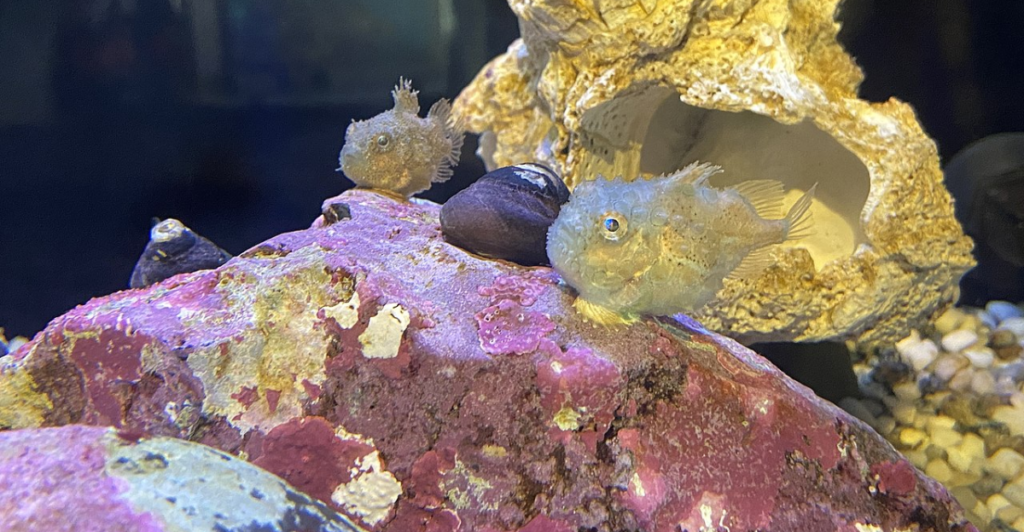
The Spiny Lumpsucker (Eumicrotremus orbis) is a small, peculiar-looking fish equipped with a suction disk where its pelvic fins should be. This helps them to cling to rocks and kelp. These fish measure about an inch, are poor swimmers and have no swim bladders. They live at depths of up to about 480 feet.
7. Chicken Turtle
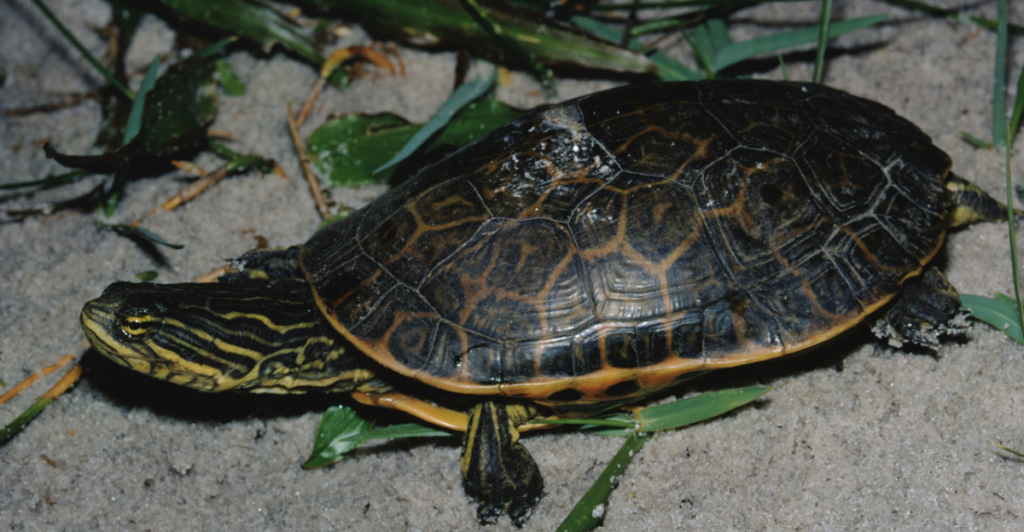
The Chicken Turtle (Deirochelys reticularia) is a medium-sized turtle that spends most of its time in water and wetlands. Females will periodically bury themselves in forests during the winter. They are identifiable by their long necks that are covered with black-and-yellow stripe patterns. They feed on small fish, larvae, and crayfish.
8. Pink Fairy Armadillo
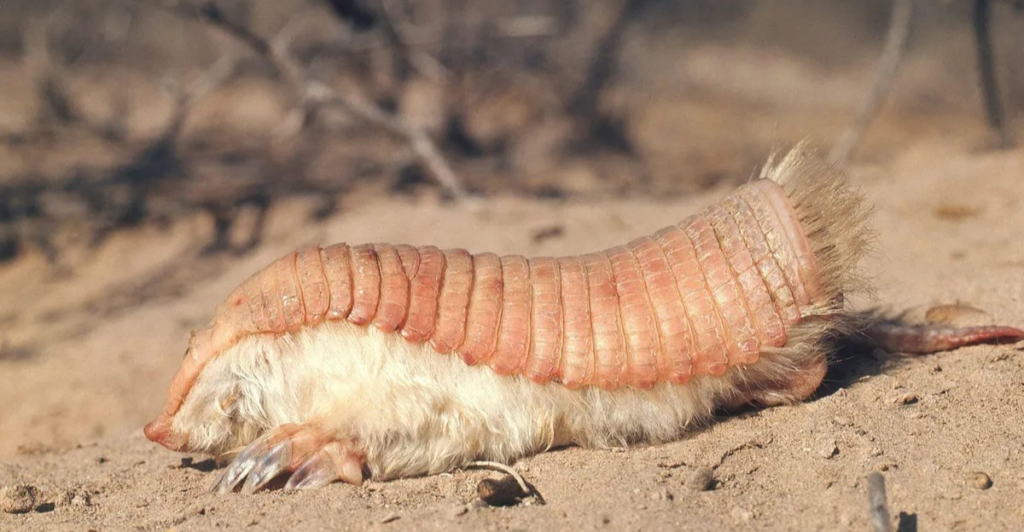
The Pink Fairy Armadillo (Chlamyphorus truncatus) is the world’s smallest armadillo species, measuring in at only about six inches long. These solitary animals live underground and are sensitive to changes in the environment. Their distinctive pink shell helps to keep their body temperature regulated.
9. Boops Boops
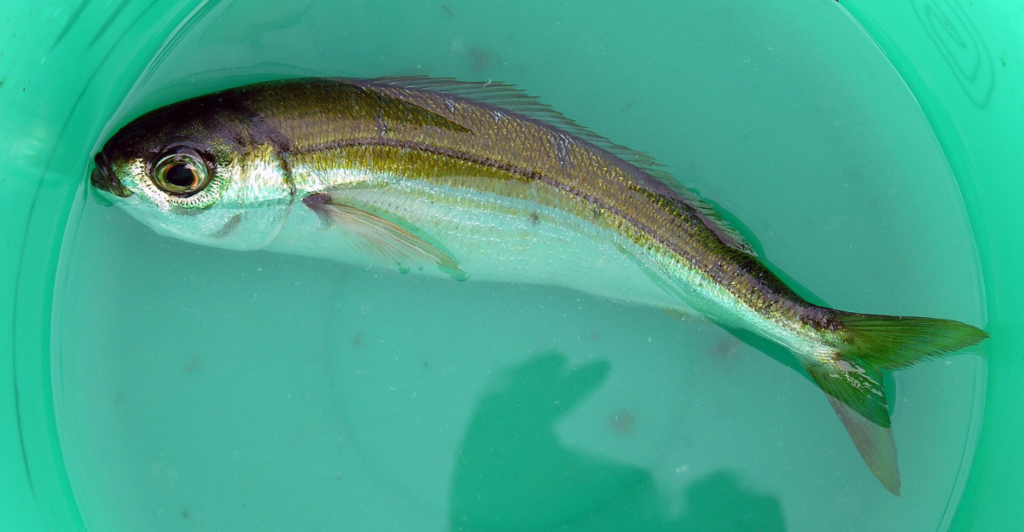
Boops boops gets its scientific name from the Greek term boops, which means “ox-eye,” in reference to its wide eyes. This common fish swims in schools and dines on crustaceans and seaweed. It is also capable of showing intersex traits and may change its sex — shifting from male to female throughout its lifetime.
10. Red-Lipped Batfish
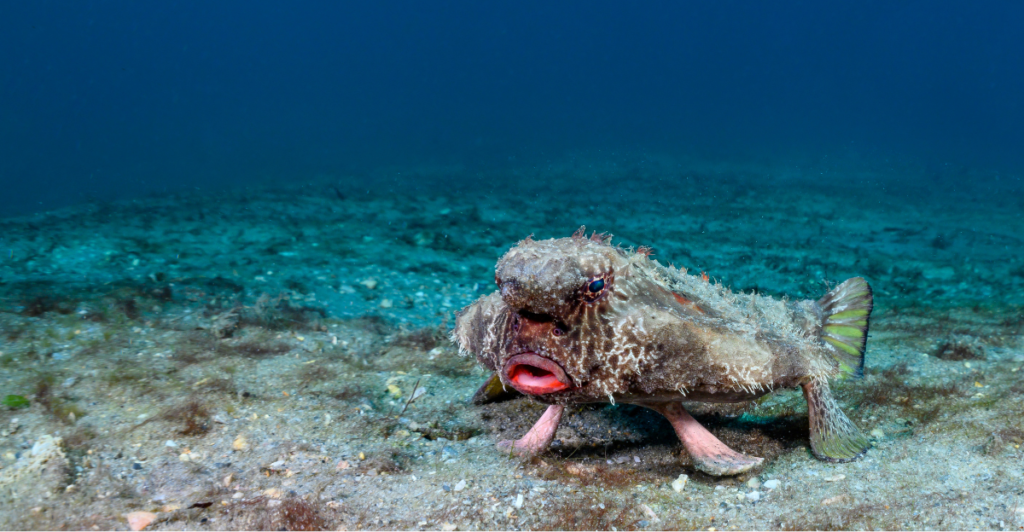
One of the most absurd yet undeniably fascinating animals that scuttles along the ocean floor is the Red-Lipped Batfish (Ogcocephalus darwini). It is a weak swimmer, using its fins to scoot itself around the reefs it inhabits. The scarlet lips of the fish are believed to entice mates. It has a retractable dorsal fin on its back, which it uses to lure prey.
11. Paradoxical Frog
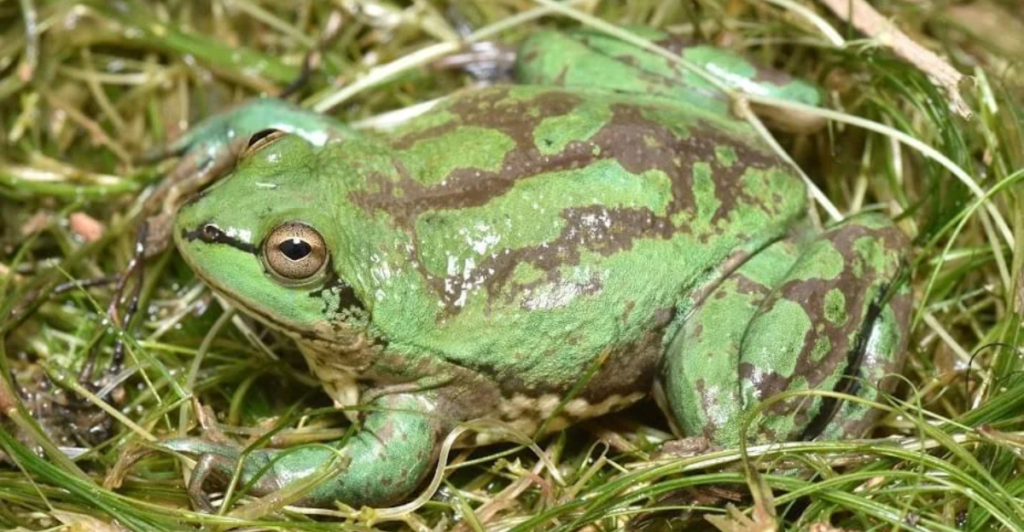
The Pseudis paradoxa, or the Paradoxical frog, is named for its unusual growth pattern: it grows smaller the older it gets. As a tadpole, it can also grow to nine inches long. However, as an adult, it grows to only around three inches.
12. Sarcastic Fringehead
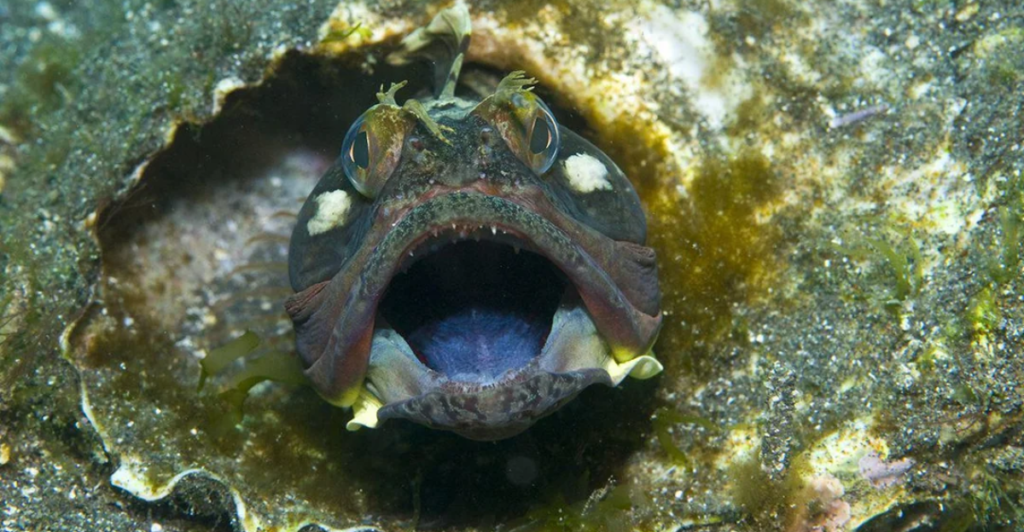
The Sarcastic Fringehead (Neoclinus blanchardi) is a strange fish with an oversized head and jaw. These fish can also open their mouths extremely wide to defend themselves, exposing rows of razor-sharp teeth. When they fight, they press their expanded mouths together until one backs off.
13. Striped Pyjama Squid
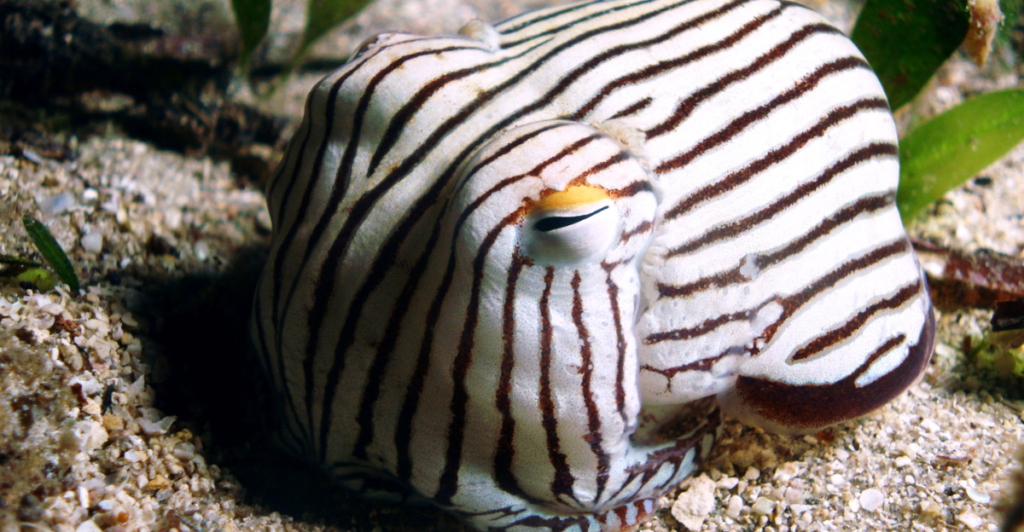
The Striped Pyjama Squid (Sepioloidea lineolata) is a small, striped creature that is thought to be poisonous as well as venomous. It reaches a mere two inches in length and spends its time buried beneath the sand, ambushing prey like shrimp and fish. It also excretes ink and toxic slime.
14. Fried Egg Jellyfish
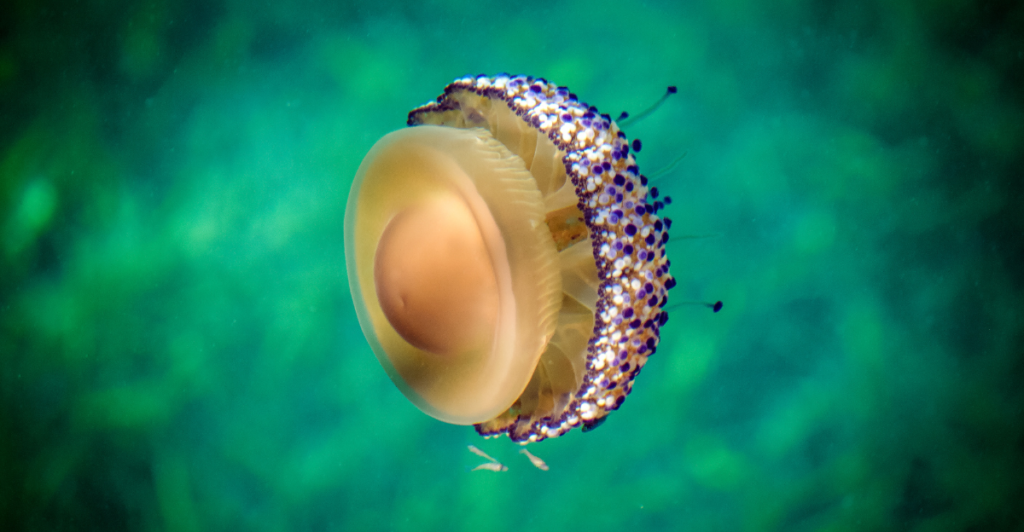
The Fried Egg Jellyfish (Phacellophora camtschatica) gets its name from its resemblance to a fried egg. These jellyfish are often inhabited by crabs or amphipods, which hitch rides on them. They eat zooplankton, which they ensnare with their tentacles.
Explore more of our trending stories and hit Follow to keep them coming to your feed!

Don’t miss out on more stories like this! Hit the Follow button at the top of this article to stay updated with the latest news. Share your thoughts in the comments—we’d love to hear from you!







